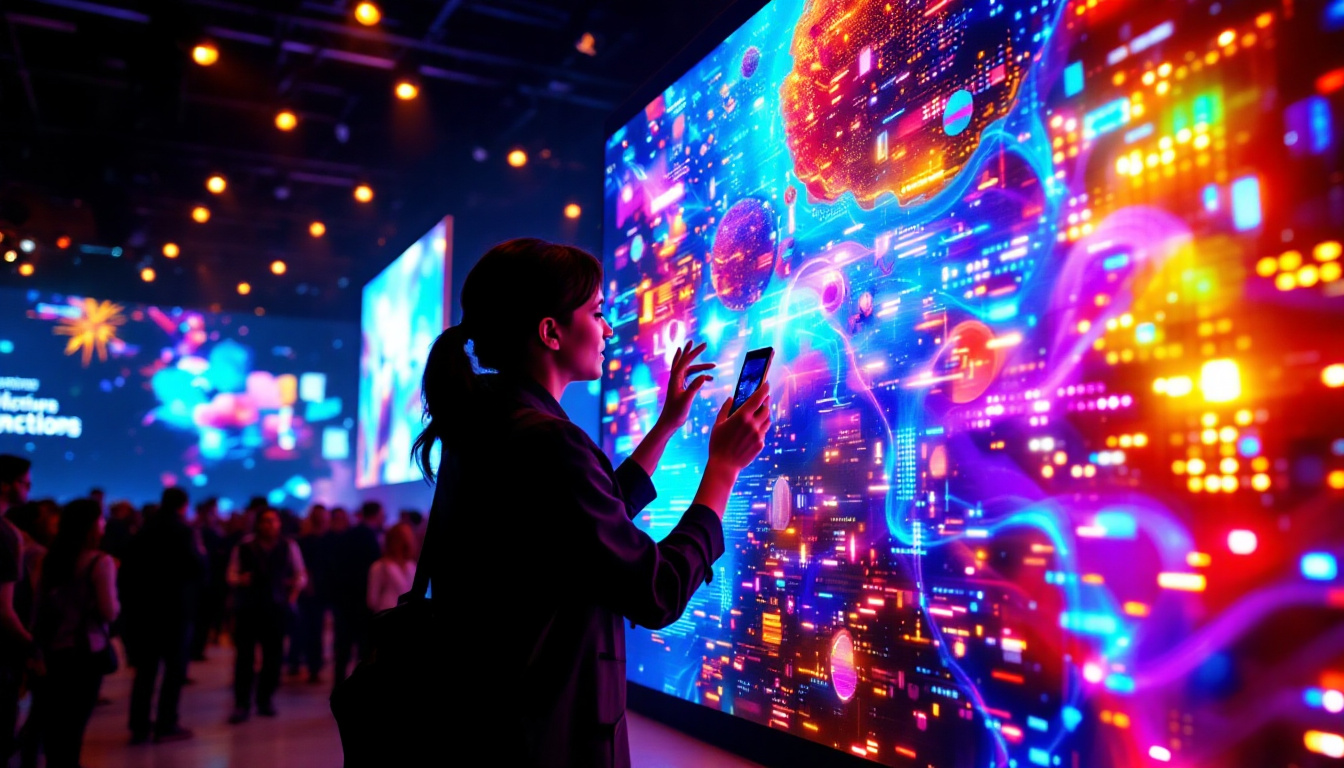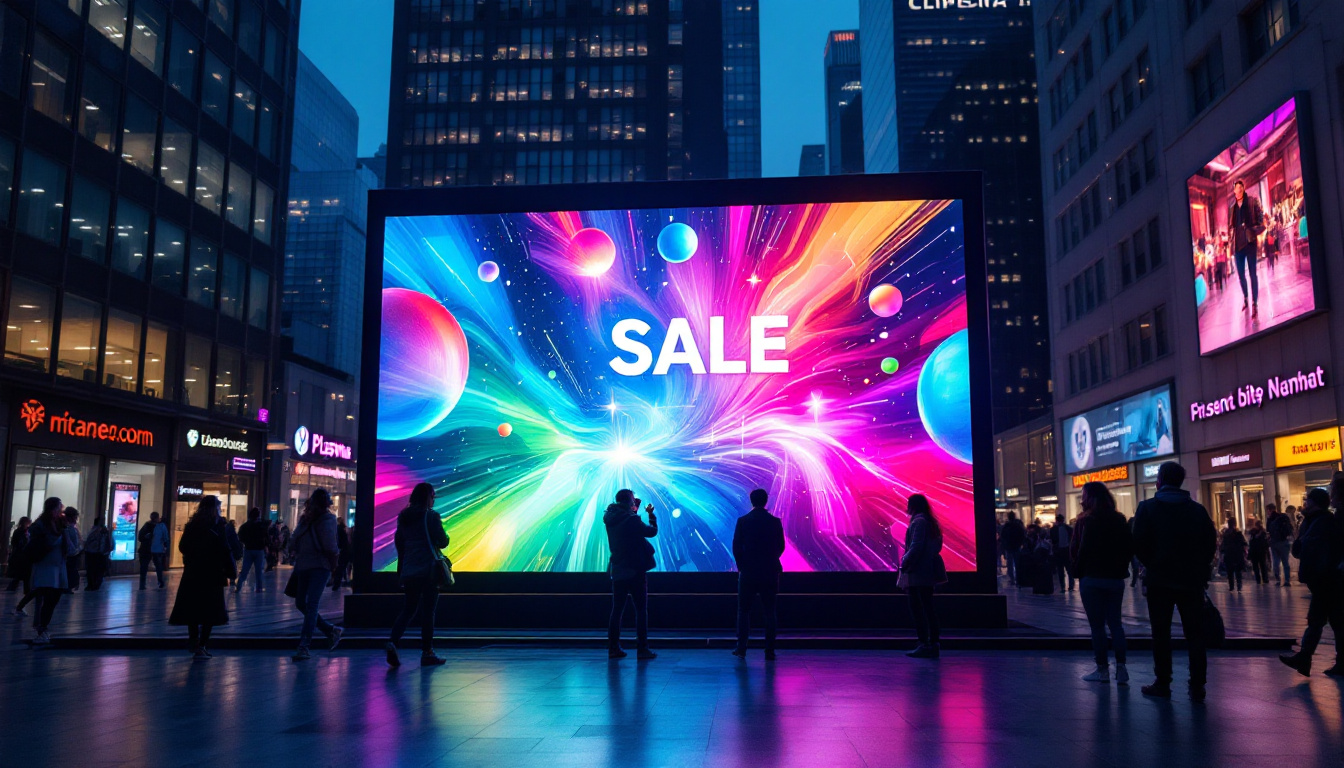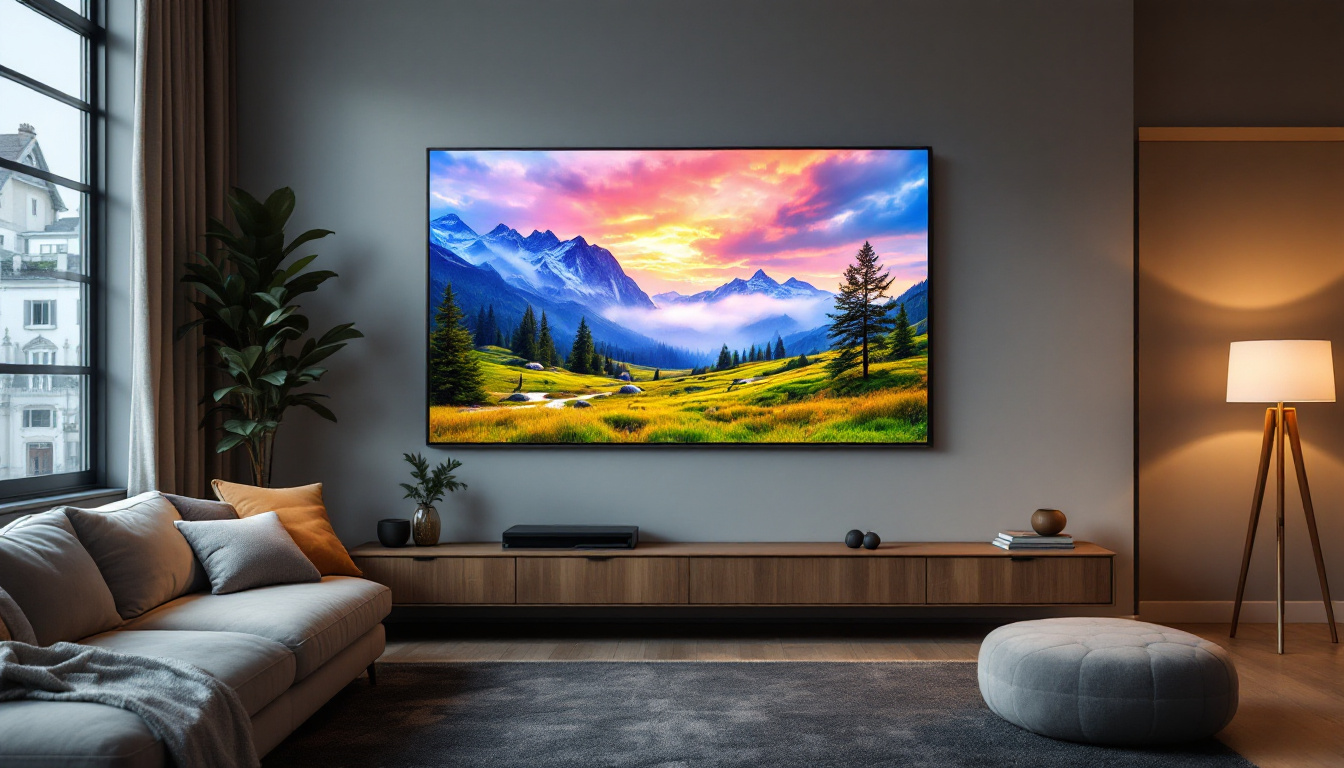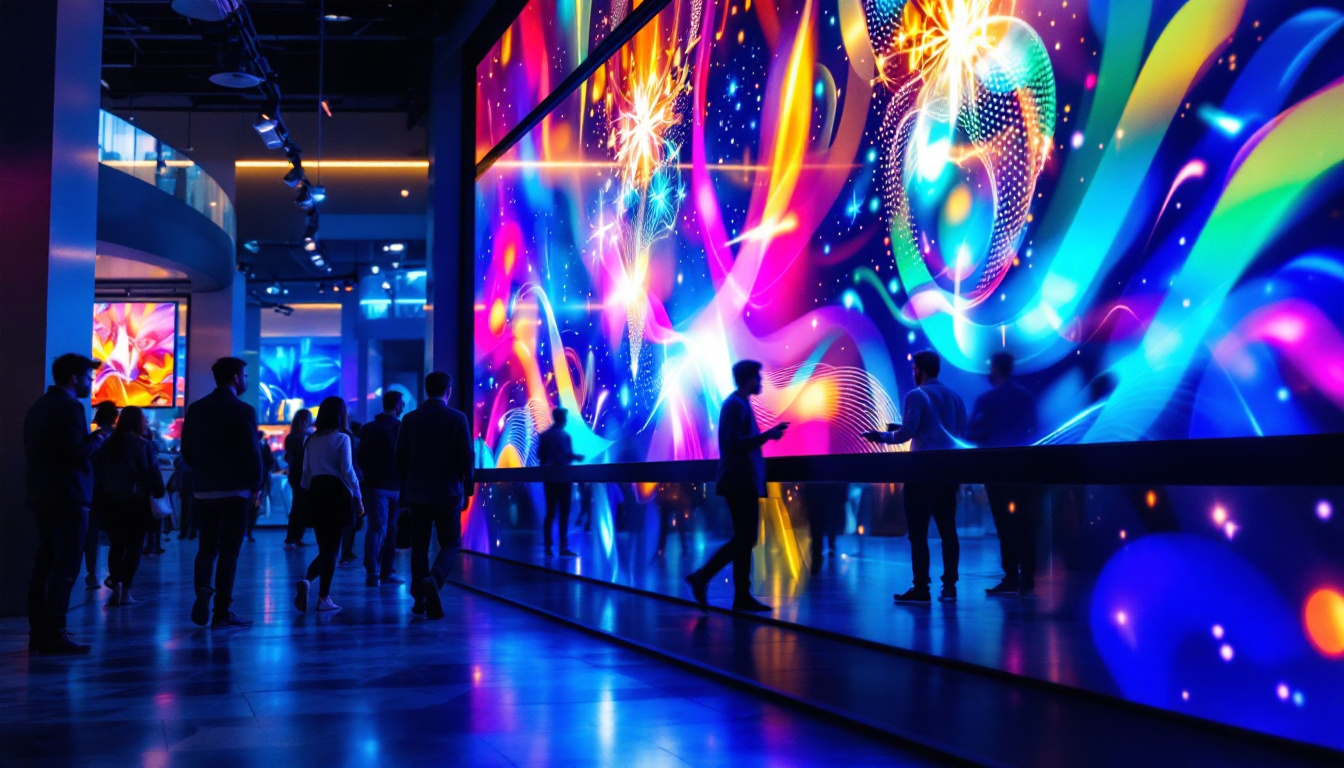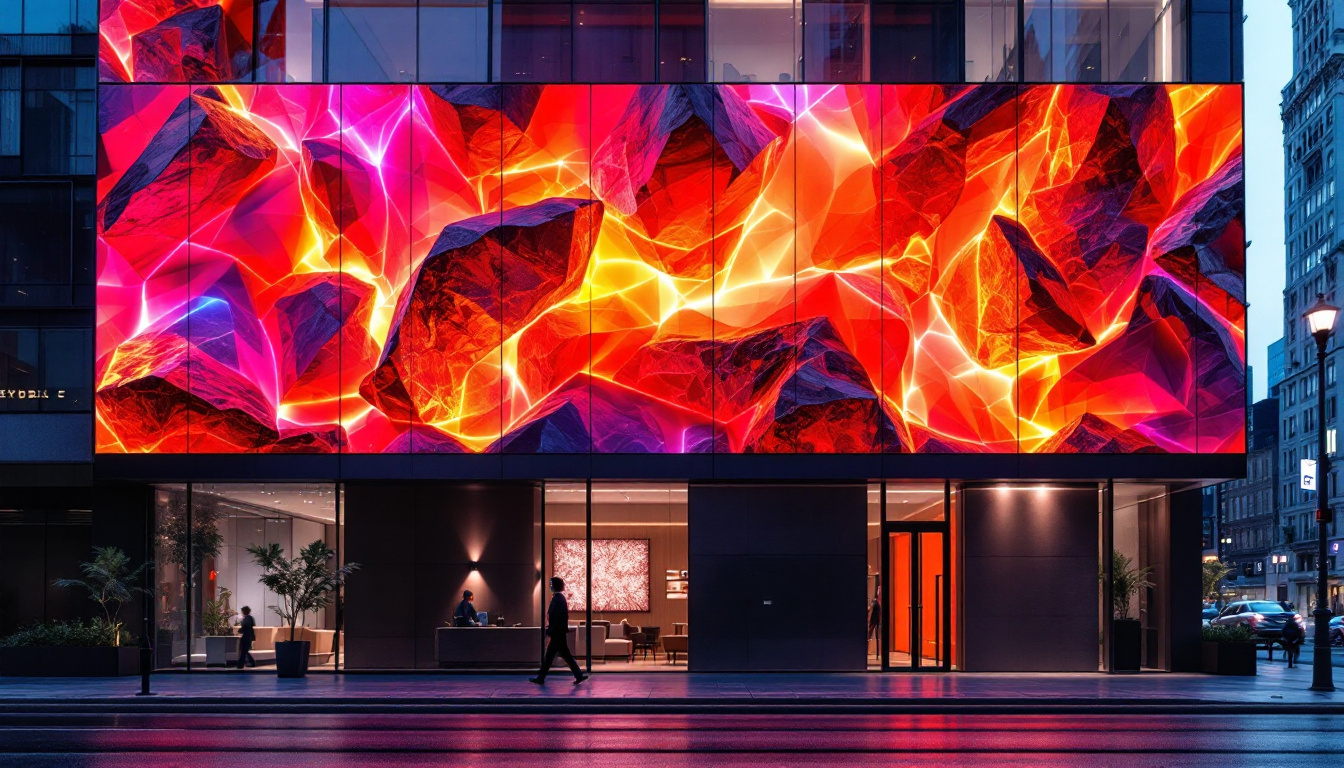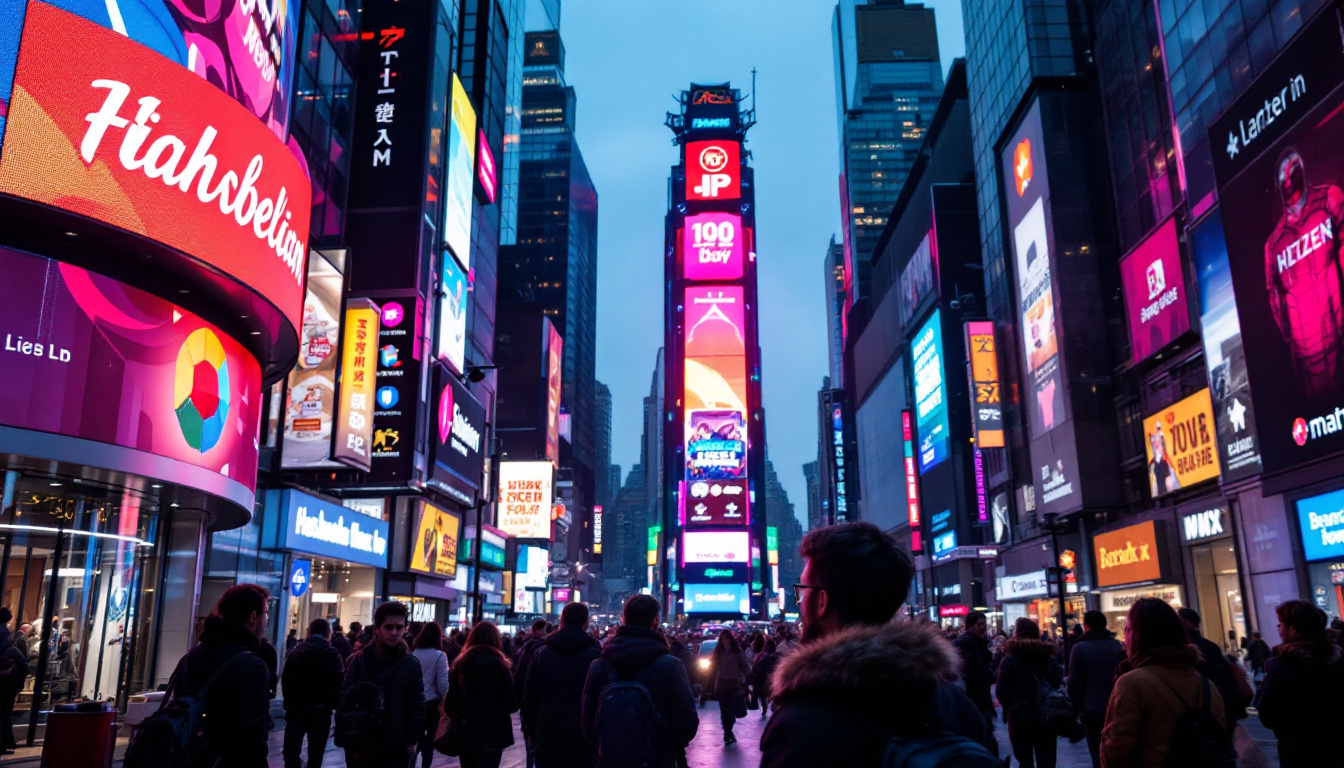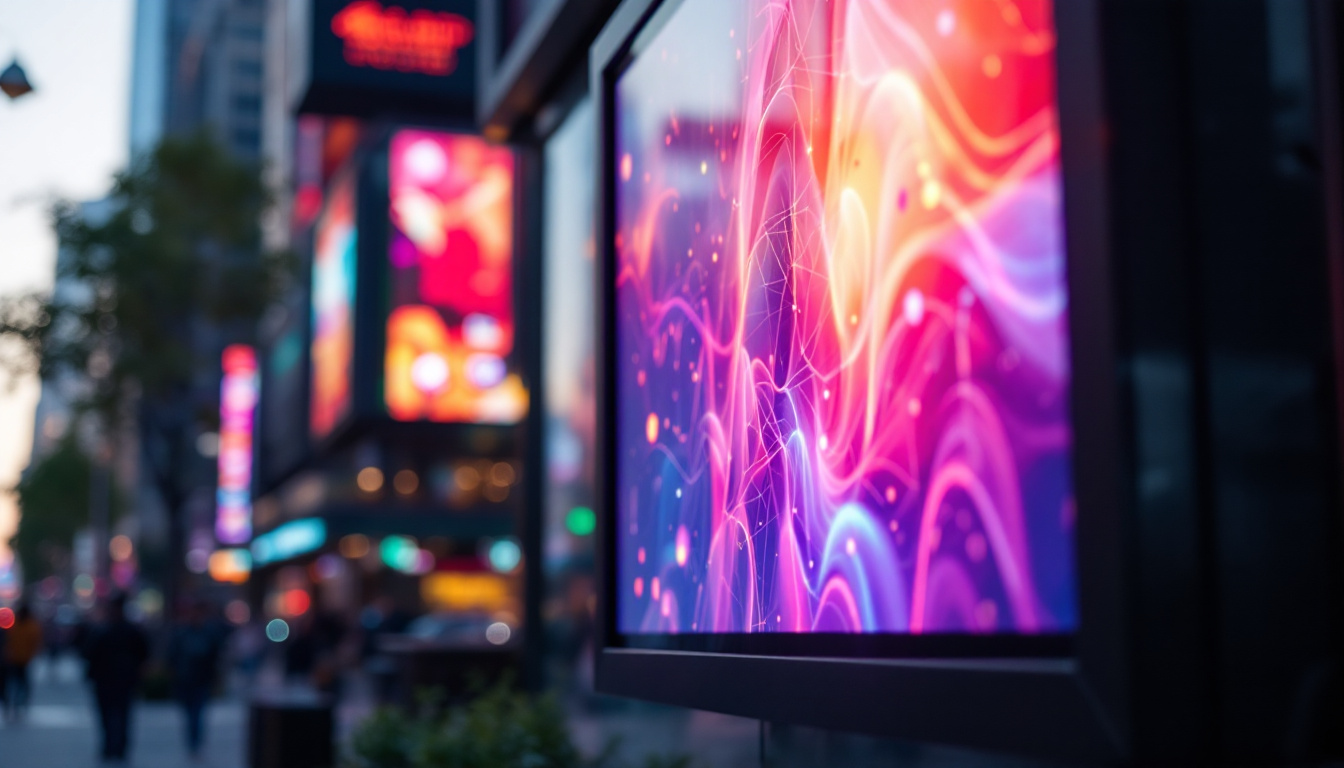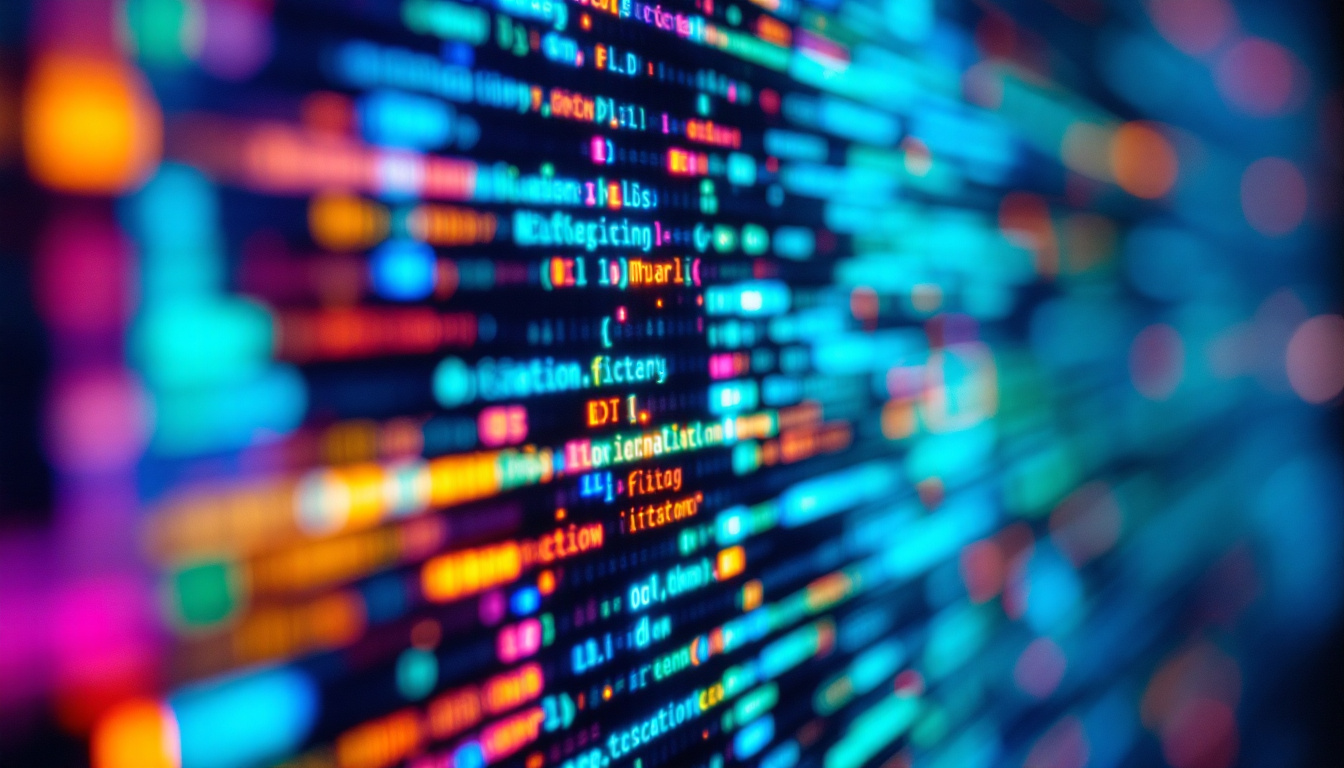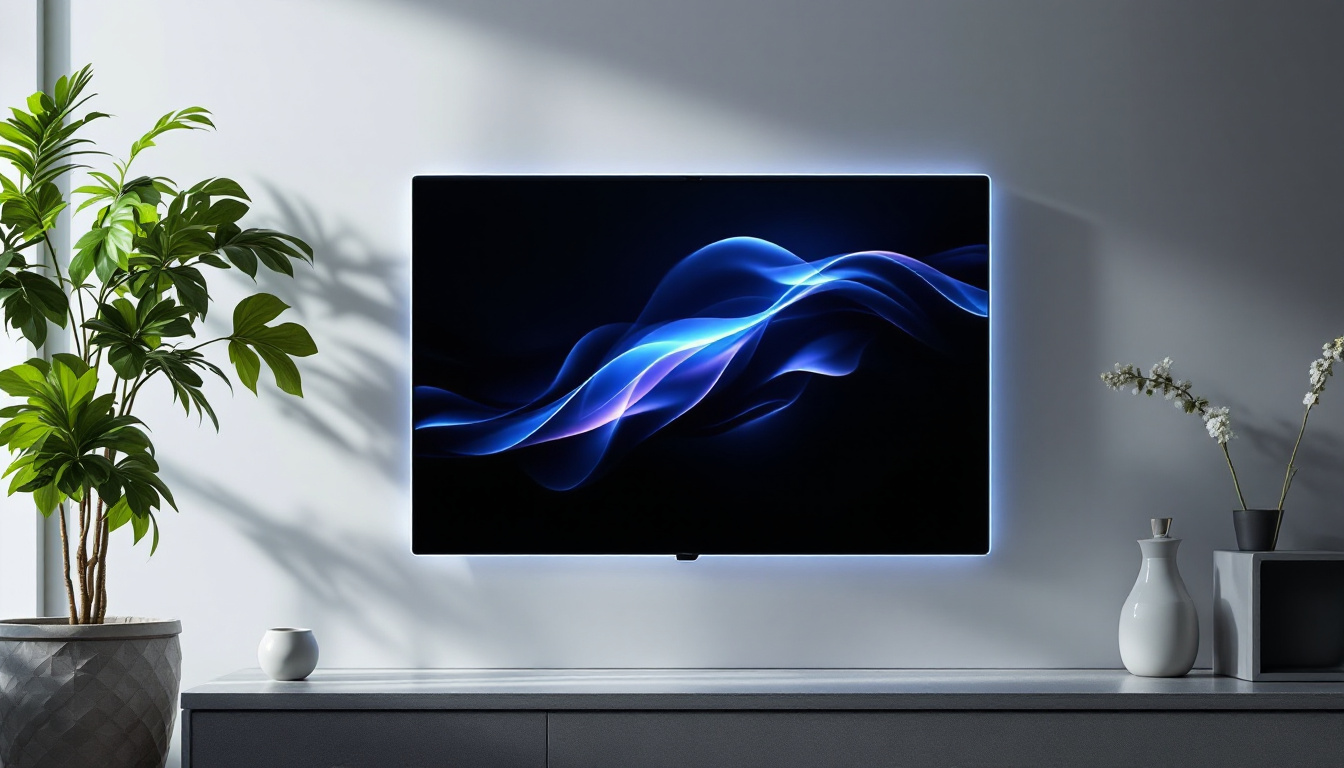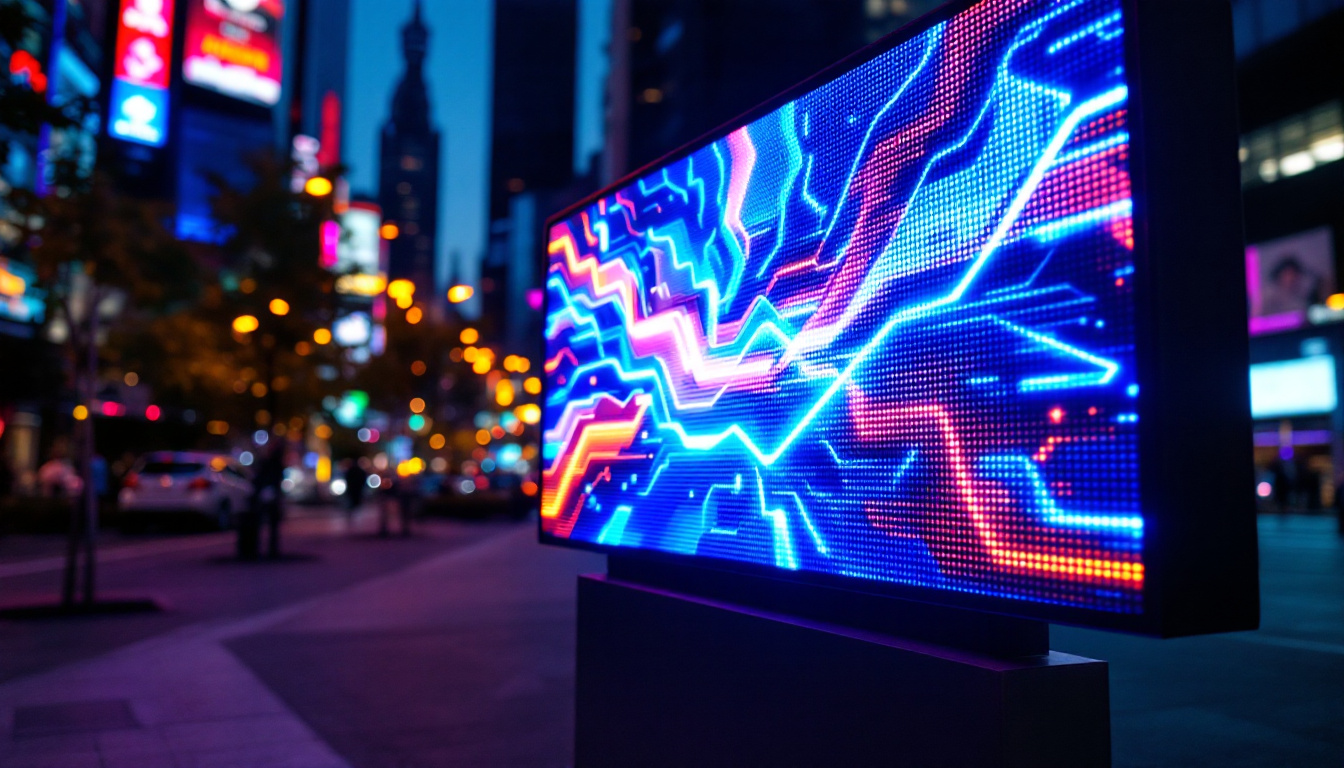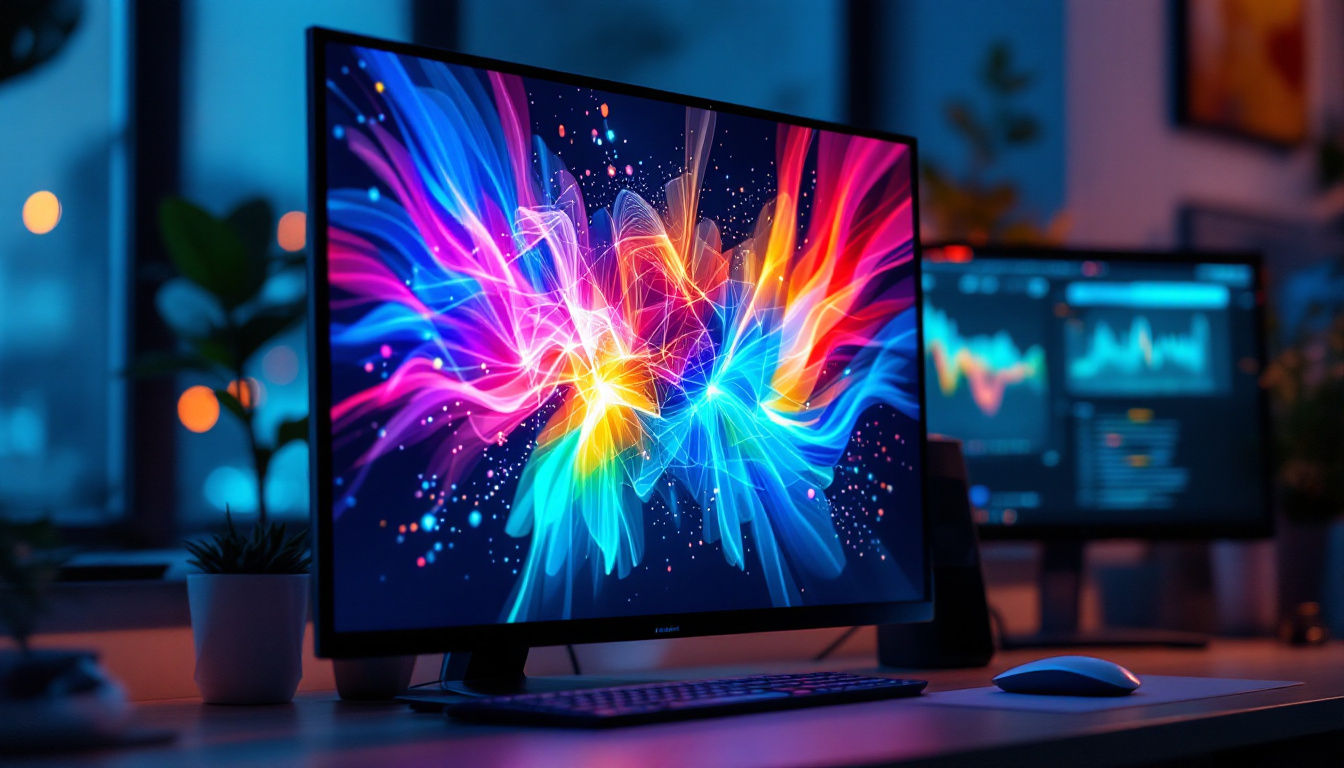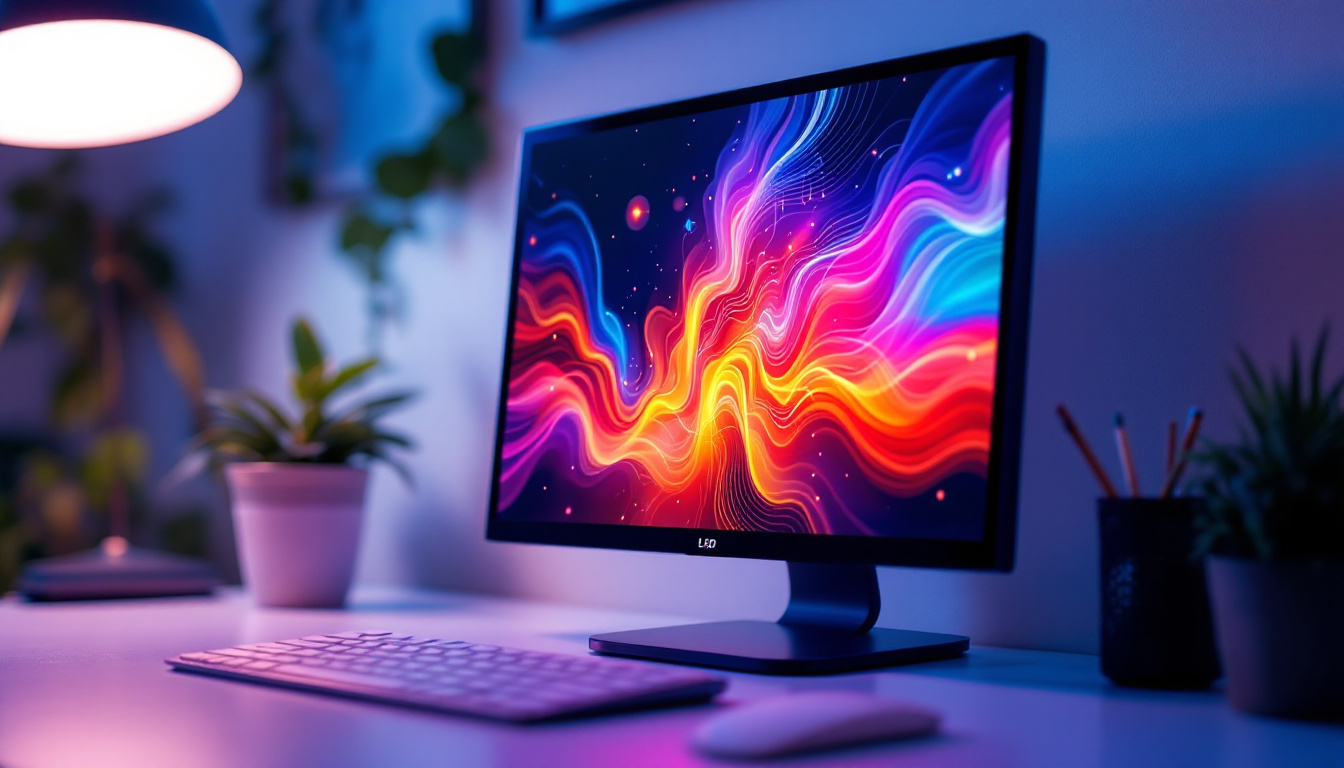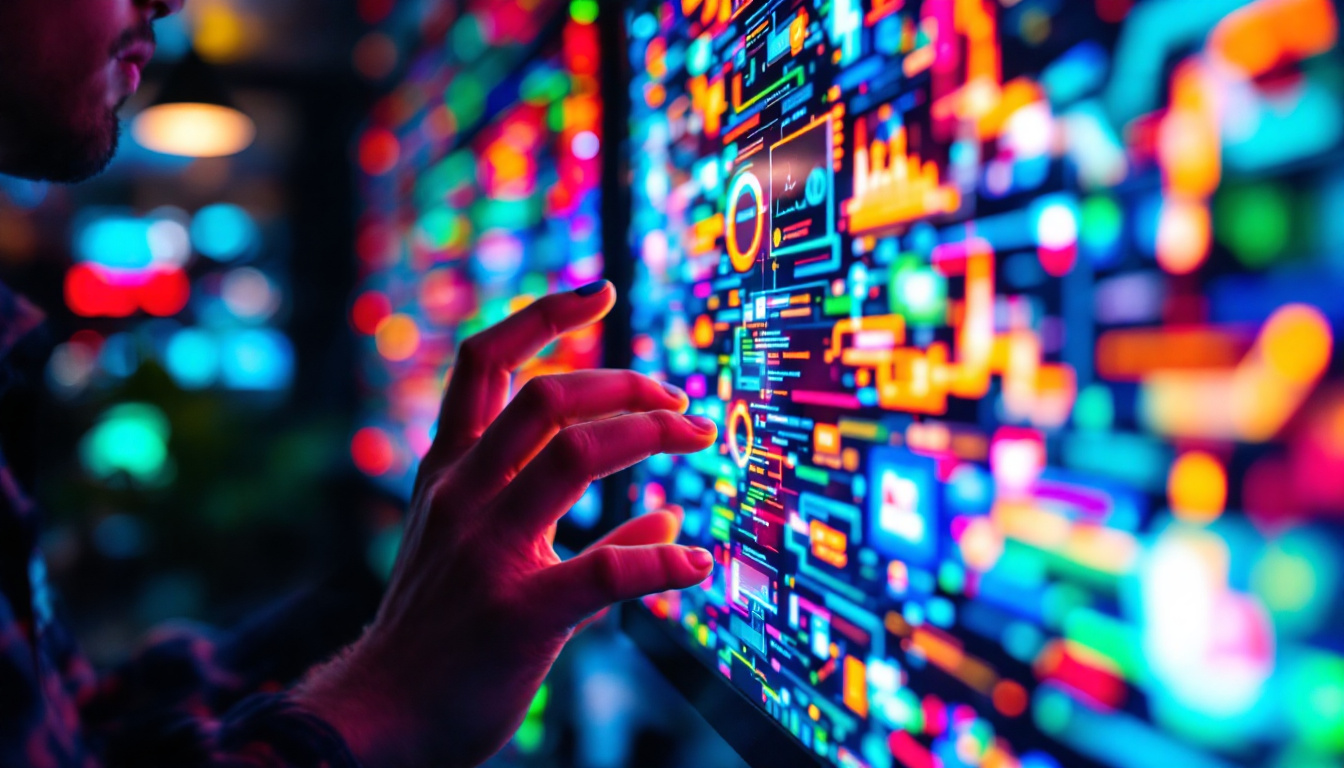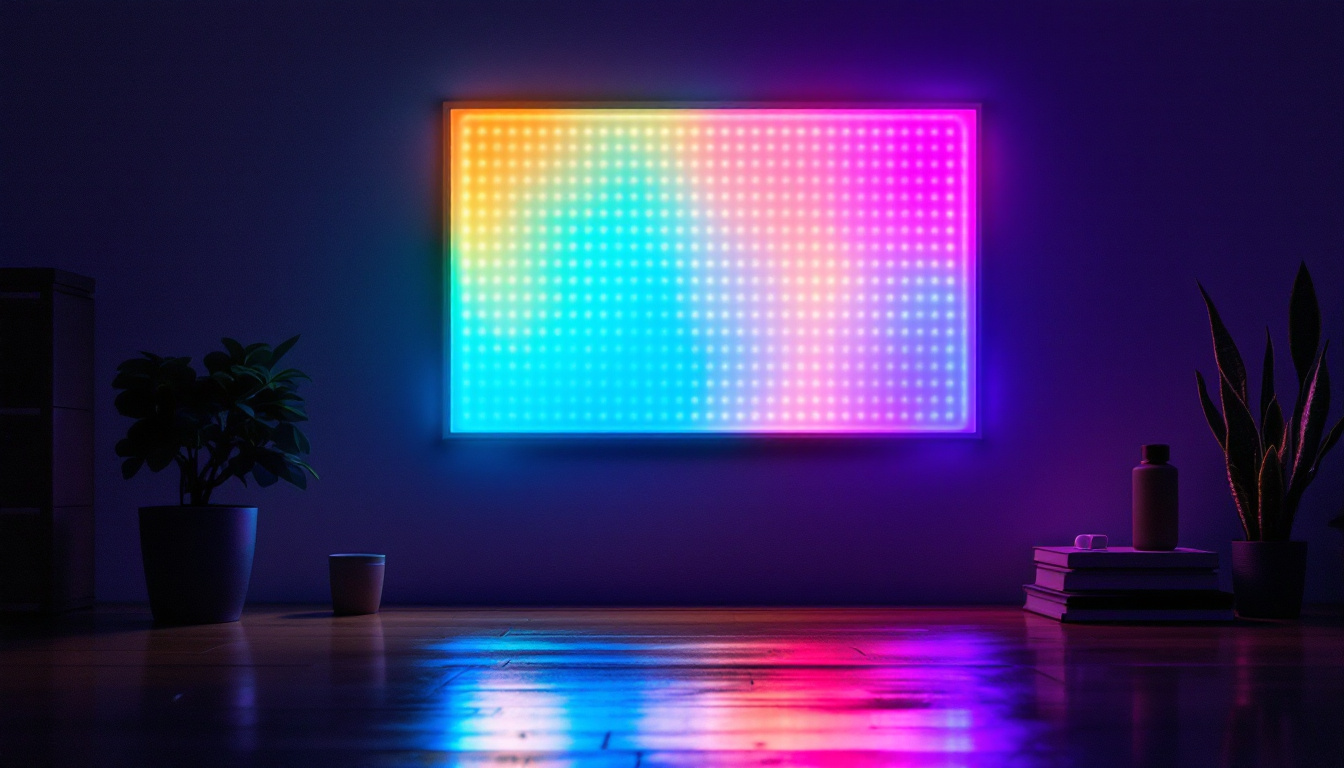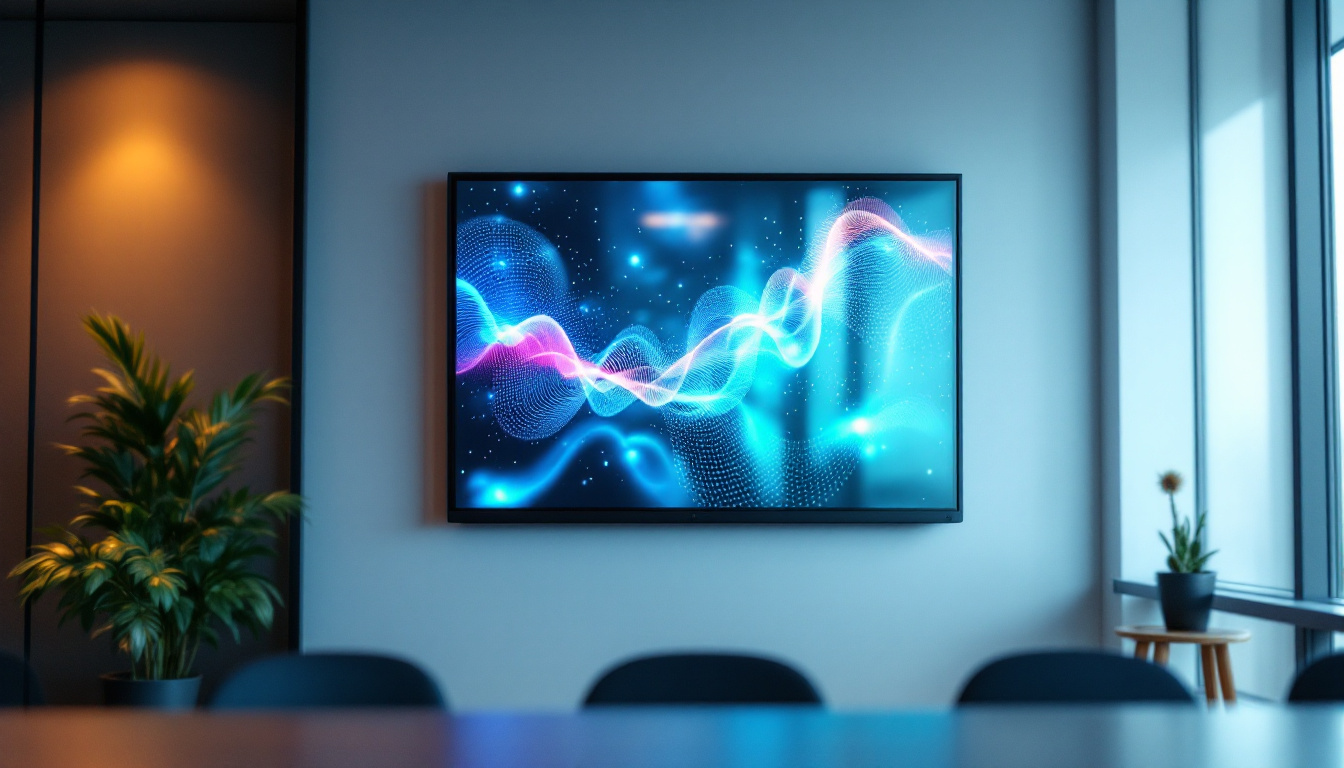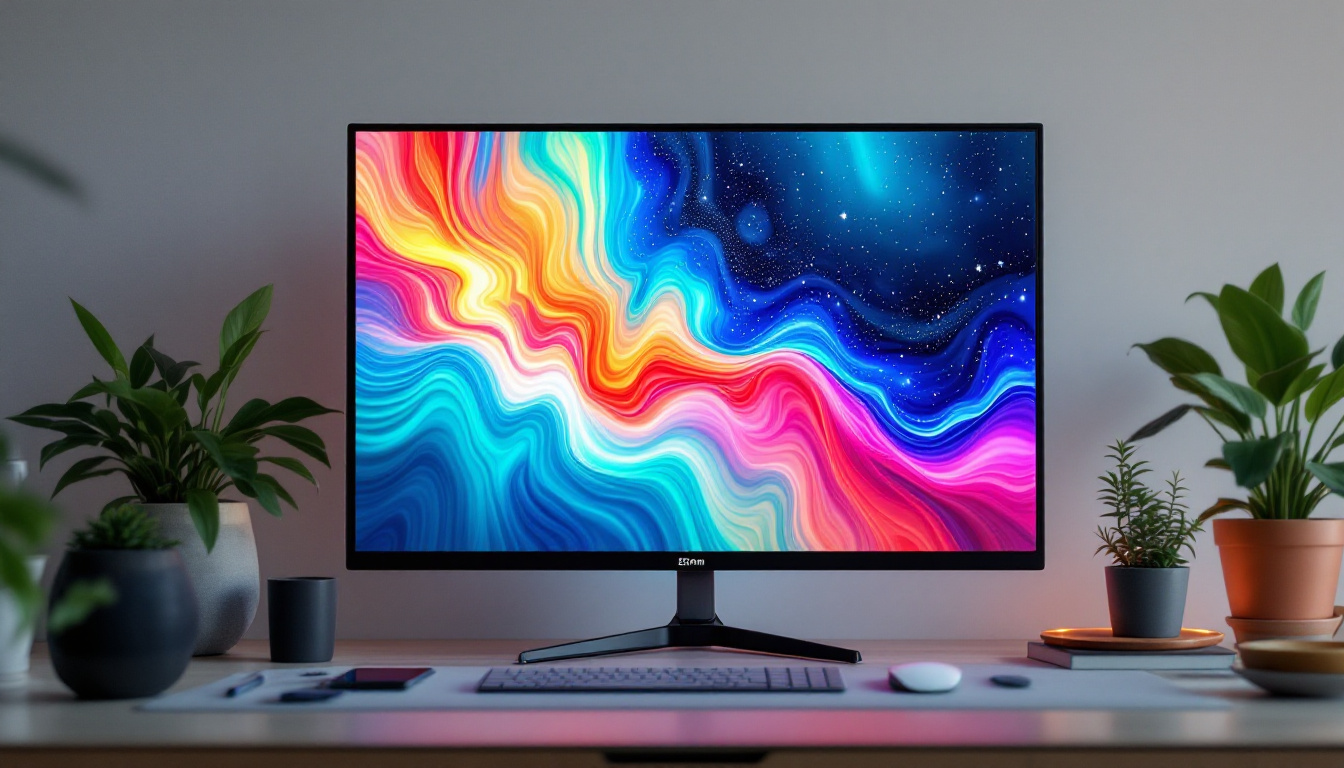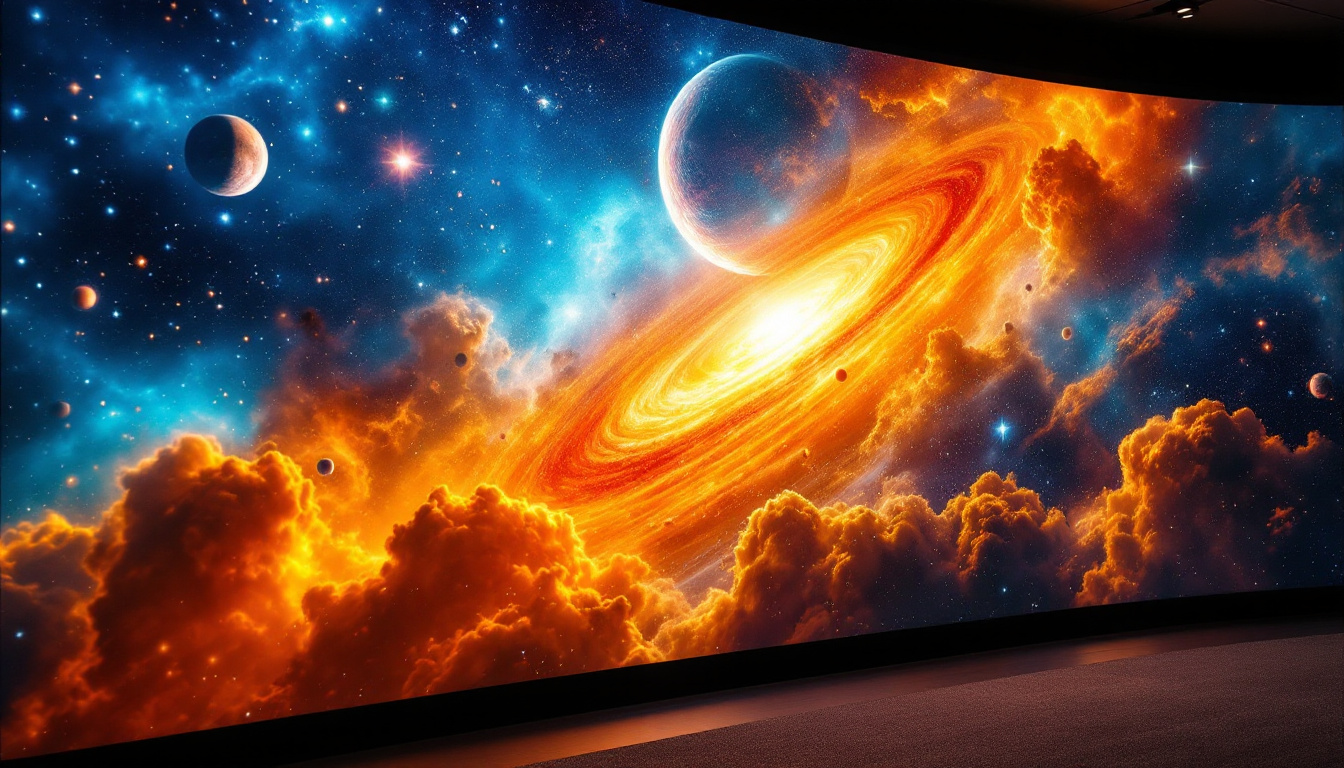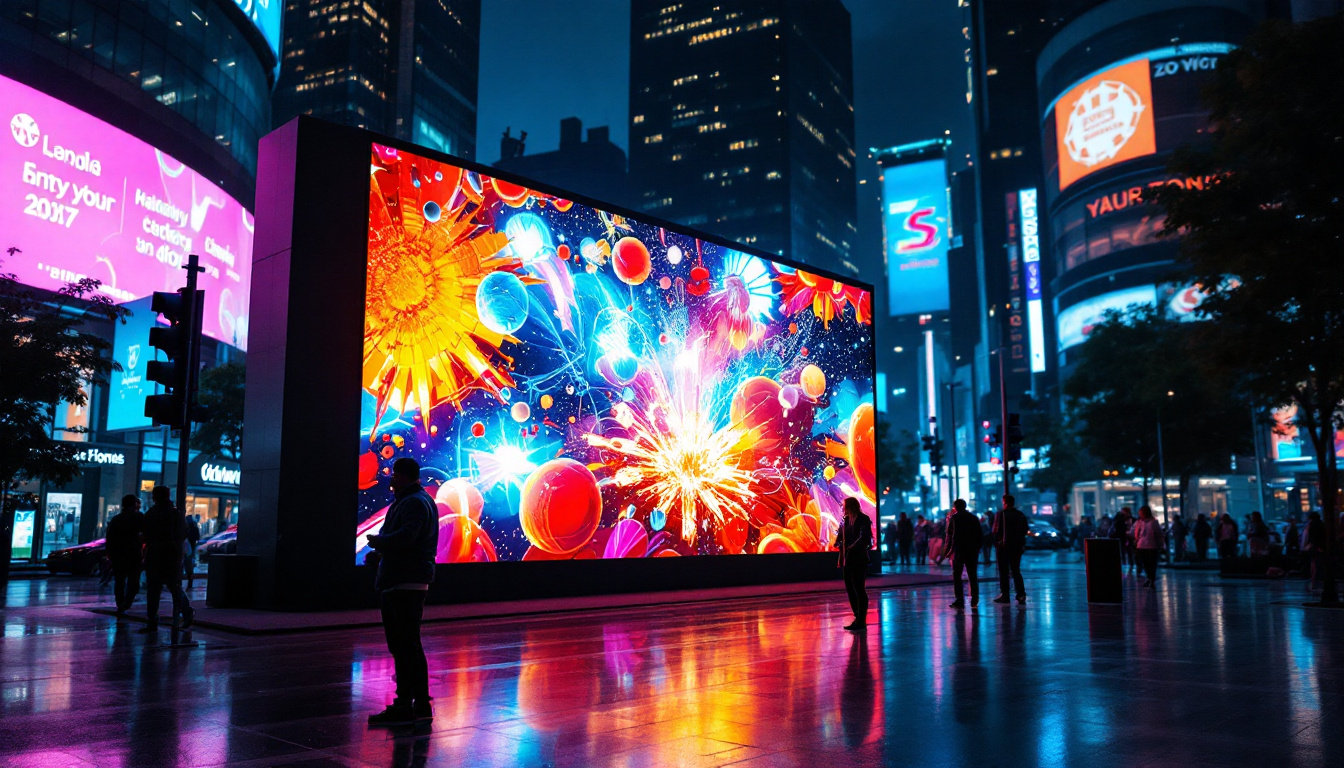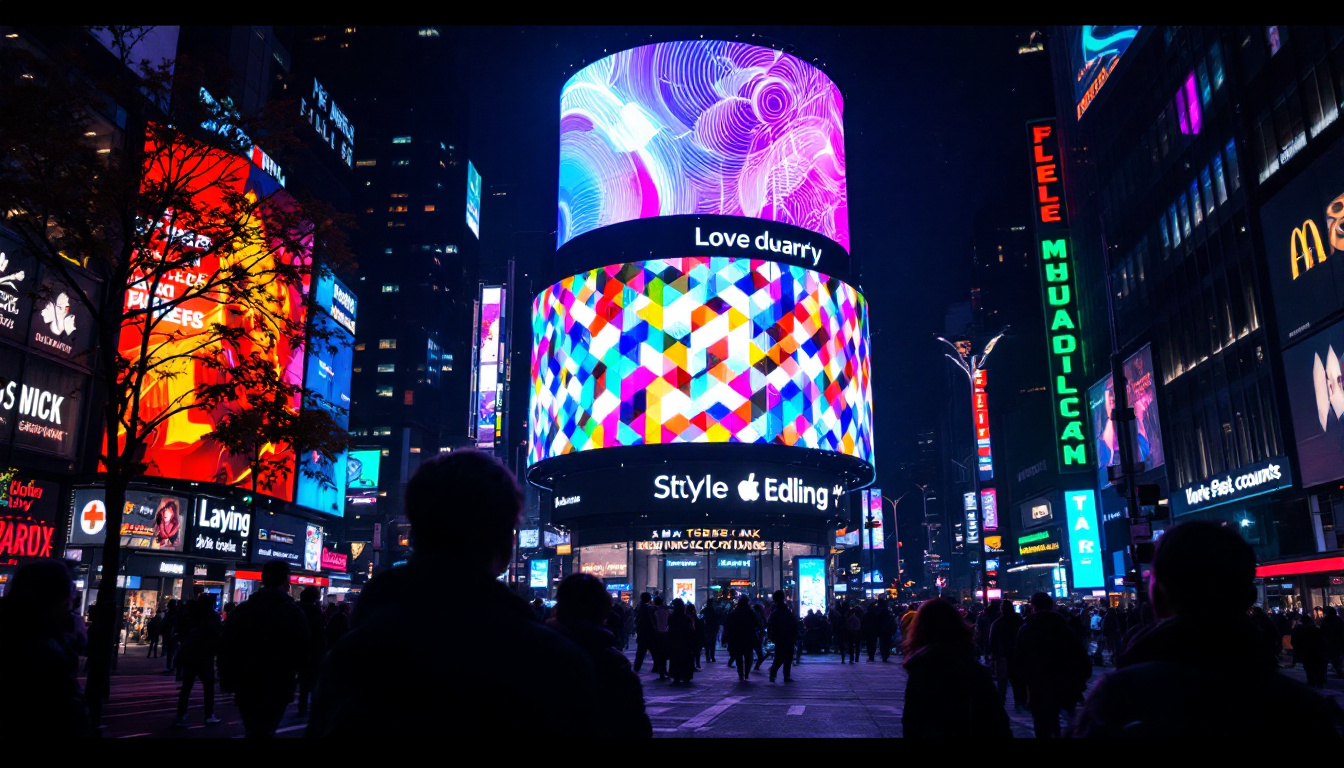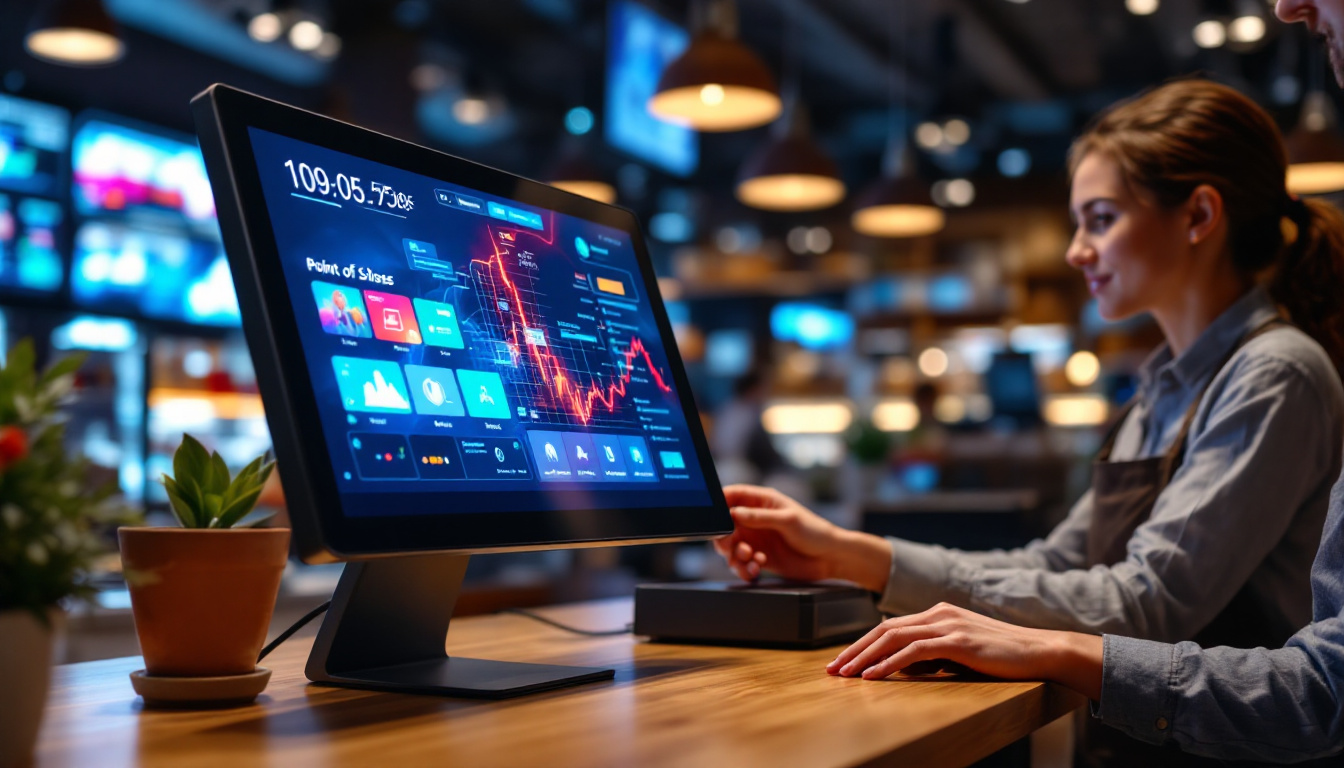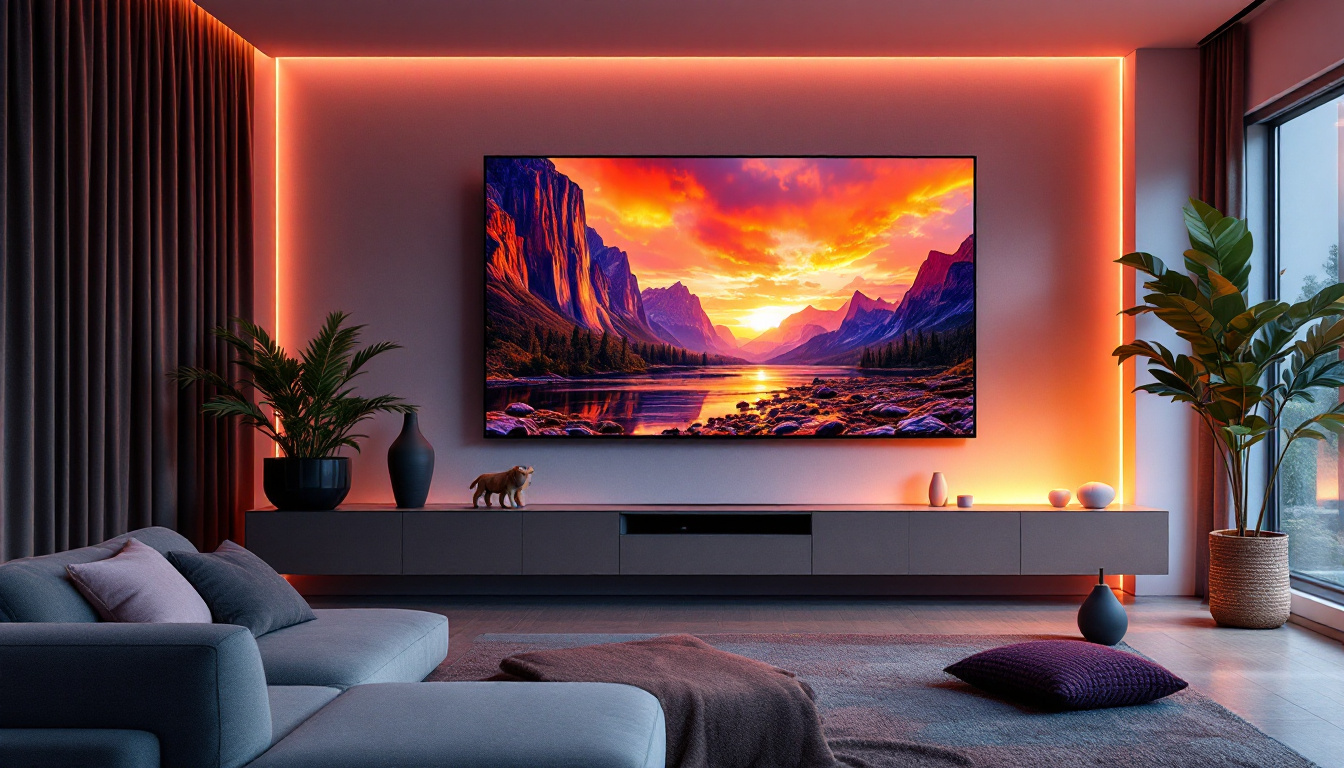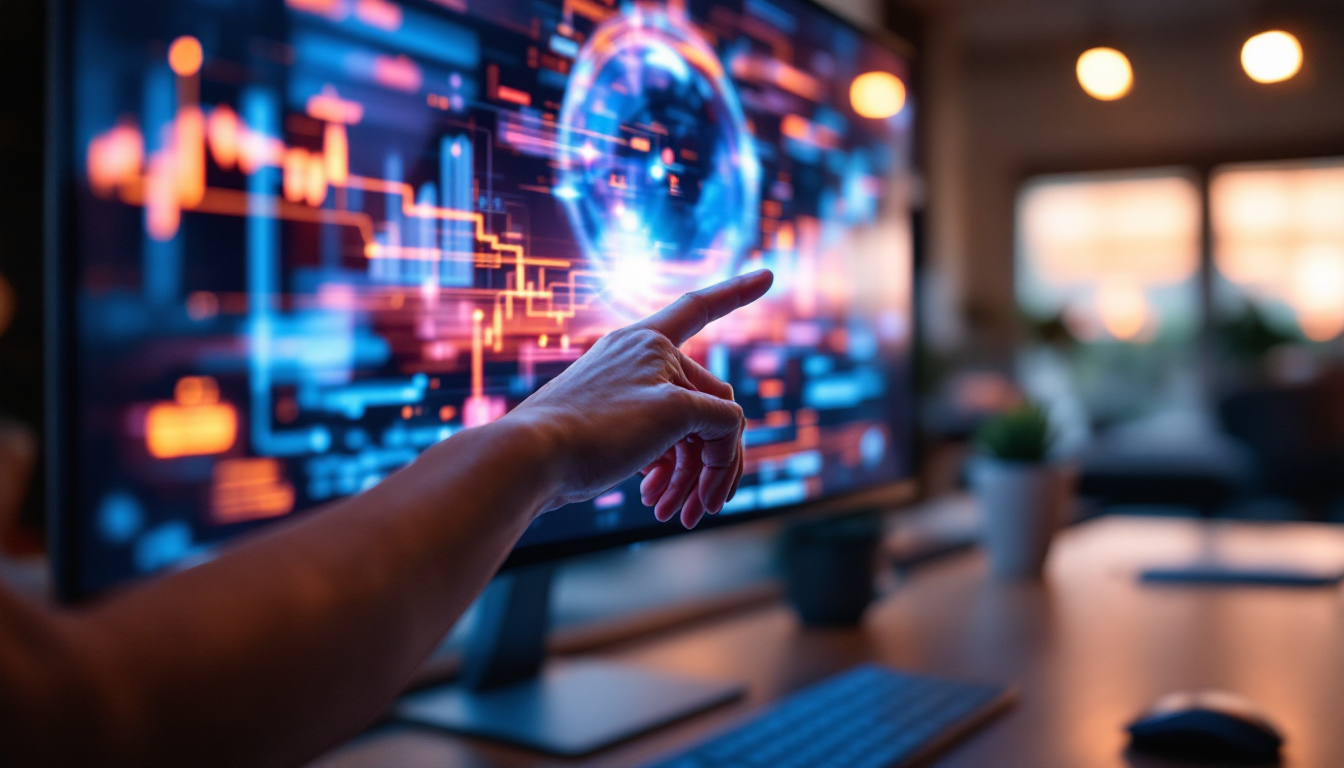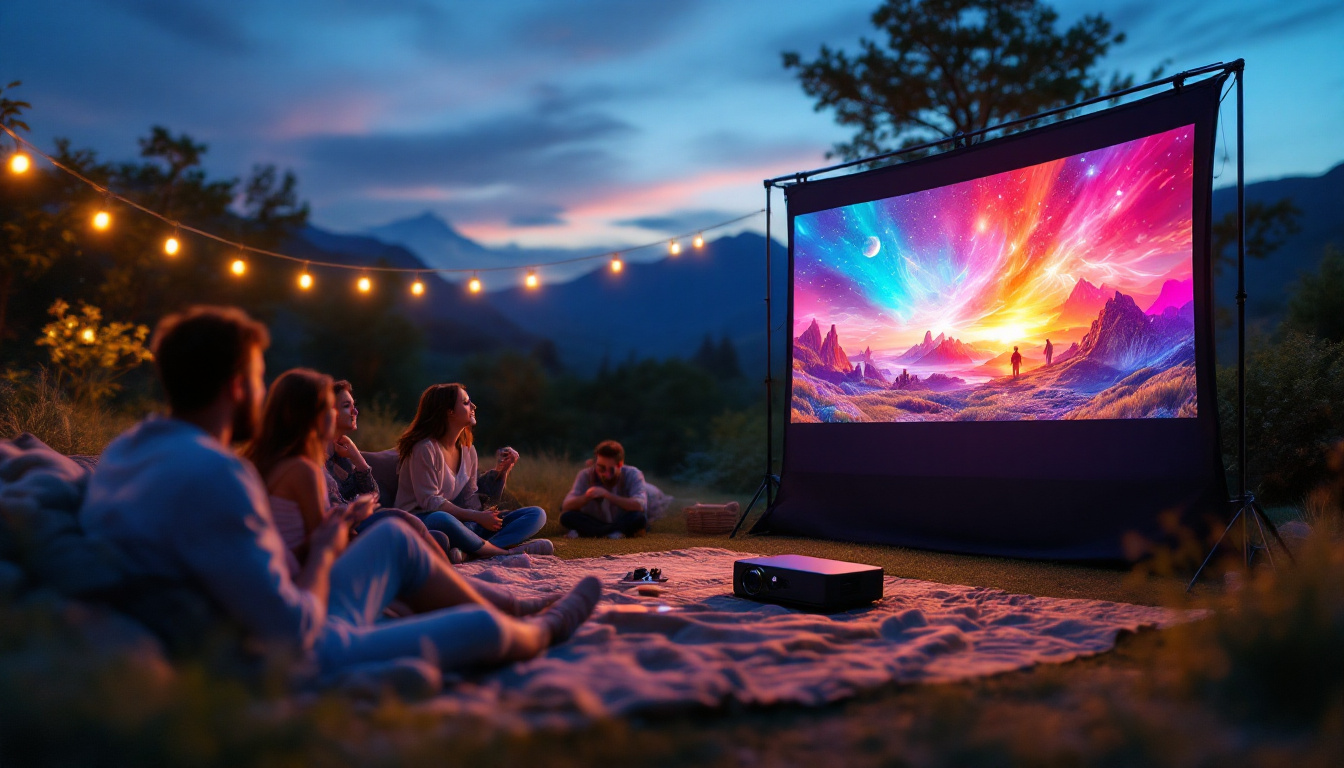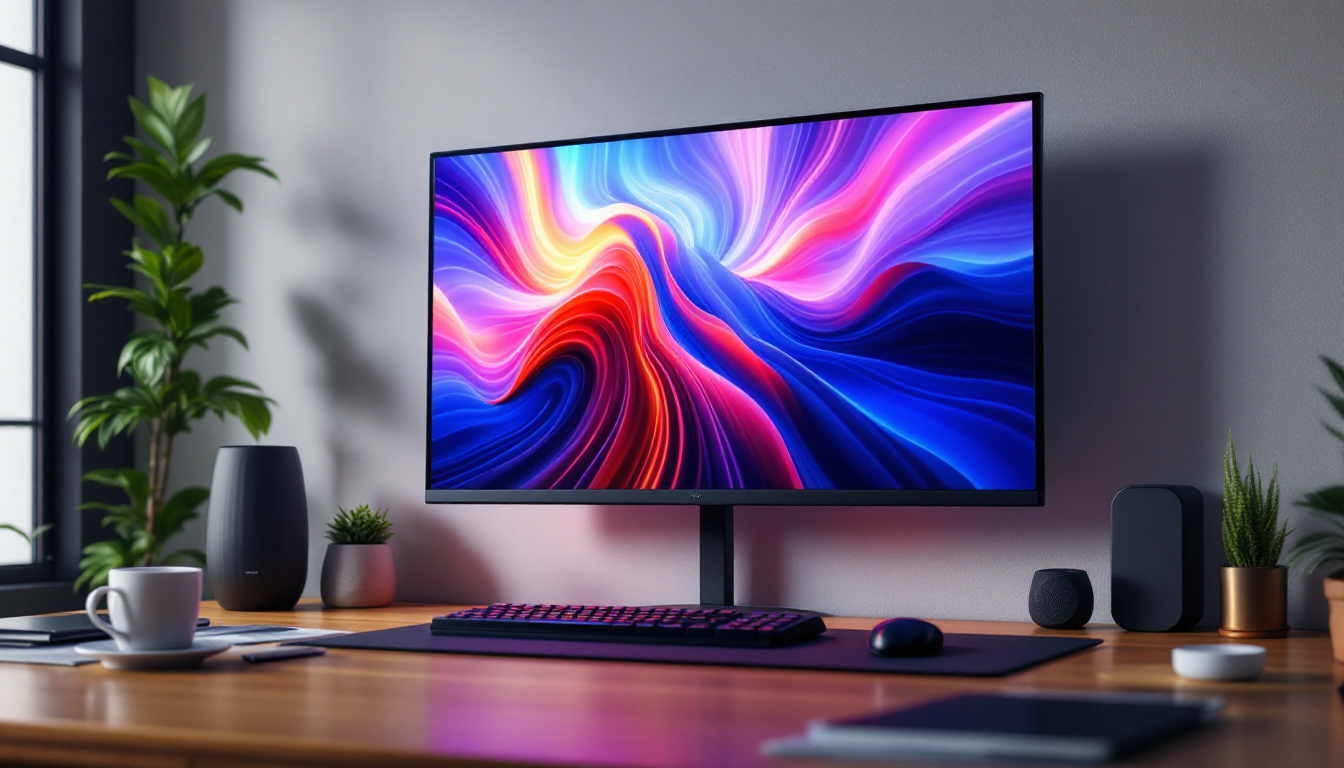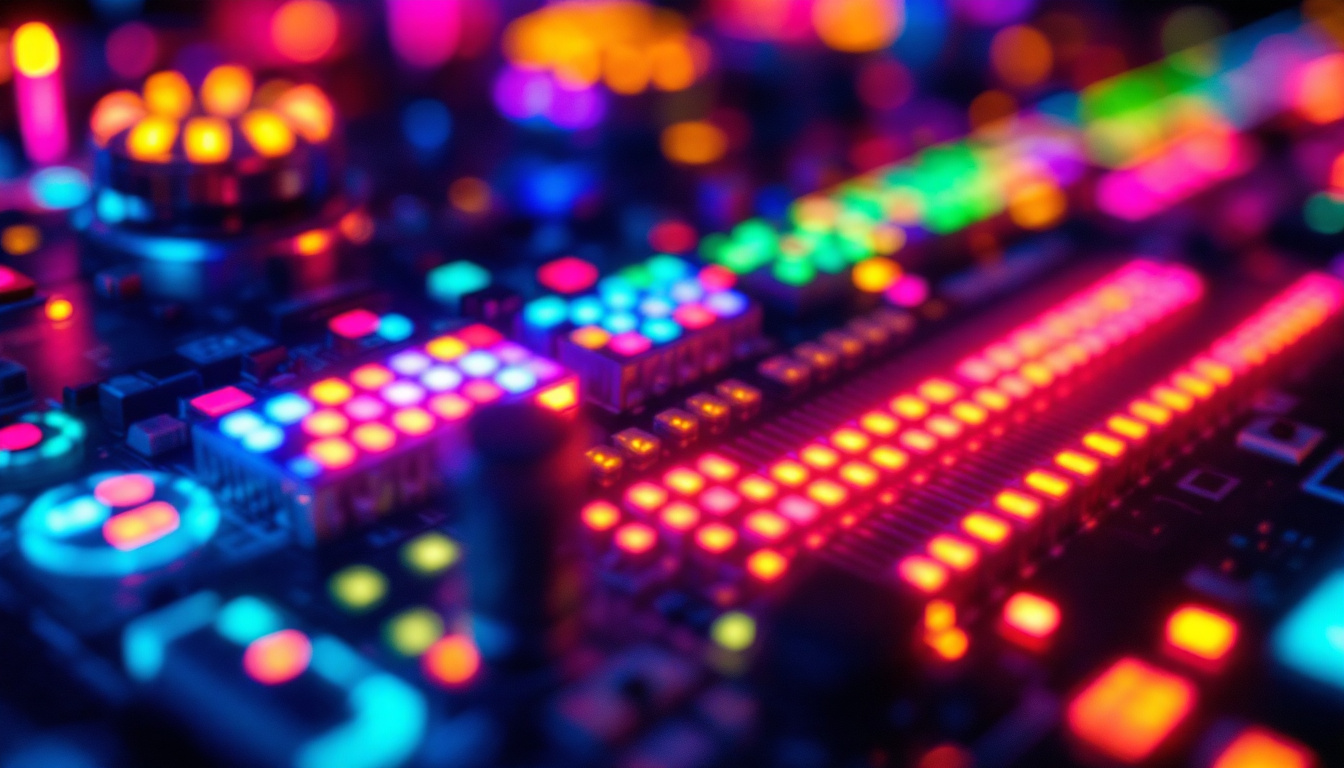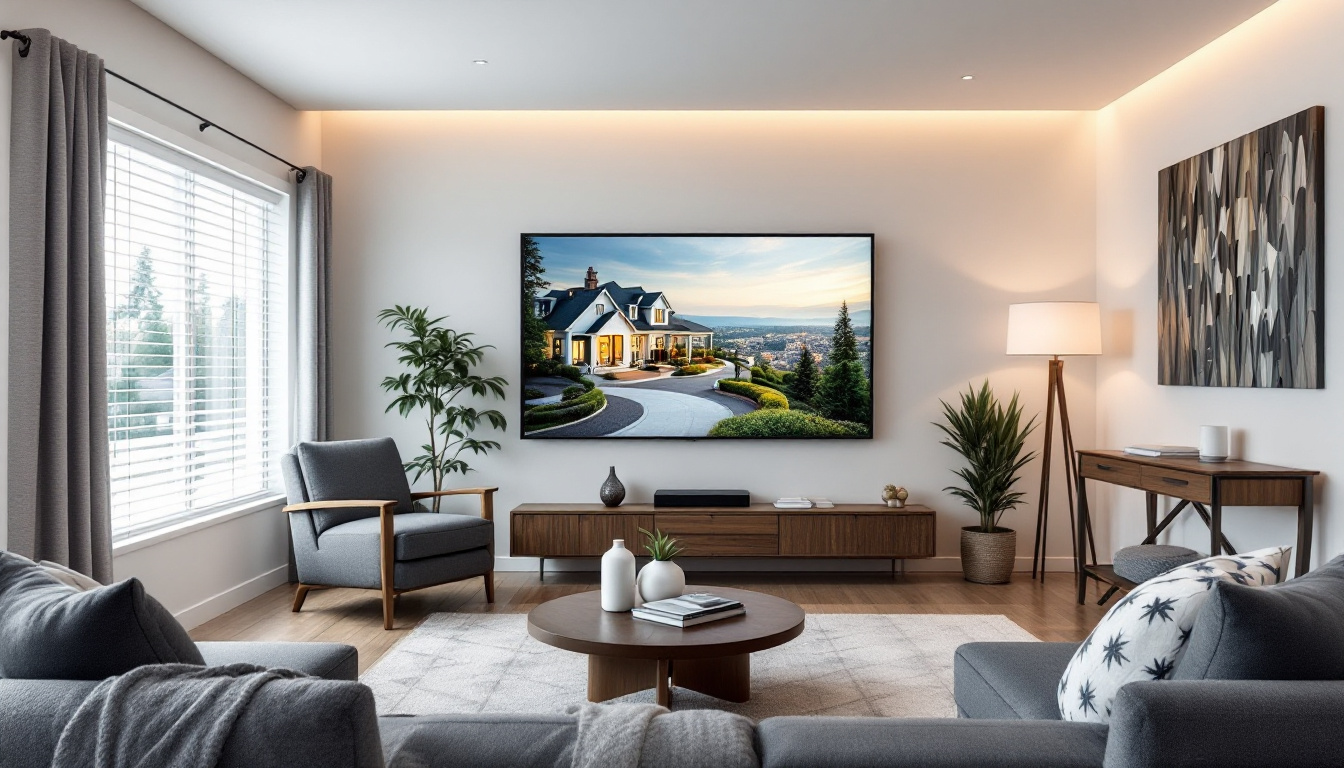In today’s fast-paced digital world, the demand for high-quality visual displays has surged. Event organizers, businesses, and marketers are increasingly turning to LED screens for their versatility and impact. This article delves into the various aspects of renting LED screens, exploring their benefits, types, applications, and considerations for selecting the right display for your needs.
Understanding LED Technology
Light Emitting Diodes (LEDs) are semiconductor devices that emit light when an electric current passes through them. This technology has revolutionized the way visuals are presented, offering brighter, more vibrant images compared to traditional display methods. LED screens are made up of numerous tiny LEDs that work together to create a cohesive image, making them ideal for both indoor and outdoor use. The versatility of LED technology extends beyond simple displays; it has also found applications in various fields, including automotive lighting, architectural illumination, and even horticulture, where specific wavelengths of light are used to promote plant growth.
Advantages of LED Displays
One of the primary advantages of LED displays is their exceptional brightness. They can produce vivid colors and sharp images, even in direct sunlight, which is essential for outdoor events. Additionally, LED screens have a wide viewing angle, ensuring that audiences can see the content clearly from various positions. This feature is particularly beneficial in large venues where audience members may be seated at different angles to the screen. Furthermore, LED technology allows for dynamic content display, enabling event organizers to showcase advertisements, live feeds, or interactive presentations, thereby enhancing audience engagement.
Another significant benefit is their energy efficiency. LED technology consumes less power than traditional display options, making them a more sustainable choice for long-term use. Moreover, LED screens are known for their durability and longevity, often lasting tens of thousands of hours with minimal maintenance. This longevity not only reduces replacement costs but also minimizes waste, aligning with eco-friendly initiatives that many organizations are now adopting. Additionally, the low heat output of LEDs means that they require less cooling, further contributing to energy savings and making them suitable for extended use in various settings.
Types of LED Screens Available for Rent
When renting LED screens, it is crucial to understand the different types available. Each type serves specific purposes and environments, allowing for tailored solutions based on the event’s requirements. The choice of screen can significantly impact the overall experience for attendees, making it essential to select the right type for the occasion.
- Indoor LED Screens: These screens are designed for use in enclosed spaces, such as conference rooms, theaters, and exhibition halls. They typically offer higher resolution and pixel density, resulting in clearer images for close viewing. Indoor LED screens often come with advanced features such as high refresh rates, which are critical for displaying fast-moving content without blurring.
- Outdoor LED Screens: Built to withstand various weather conditions, outdoor LED screens are larger and brighter than their indoor counterparts. They are ideal for concerts, festivals, and sporting events where visibility is paramount. These screens are also equipped with protective coatings to guard against moisture and UV damage, ensuring they remain operational in diverse environments.
- Mobile LED Screens: These are portable screens mounted on trailers or trucks, making them easy to transport and set up at different locations. They are perfect for outdoor events that require flexibility and quick deployment. Mobile LED screens can often be customized in size and configuration, allowing for creative setups that can adapt to the specific layout of any venue.
Applications of LED Screens
LED screens have a wide range of applications across various industries. Their adaptability makes them suitable for numerous settings, enhancing the visual experience for audiences.
Corporate Events and Presentations
In the corporate world, LED screens are increasingly used for presentations, product launches, and conferences. Their high-resolution displays can showcase intricate details, ensuring that the audience remains engaged. Additionally, they can be used for live streaming events, allowing remote participants to feel included. The versatility of LED technology also allows for seamless integration with various presentation software, enabling dynamic content delivery that can include videos, animations, and real-time data visualization. This capability not only elevates the professionalism of corporate events but also fosters a more interactive environment where audience feedback can be incorporated on the spot.
Entertainment and Live Events
LED screens play a crucial role in the entertainment industry. Concerts, festivals, and sporting events utilize large outdoor LED displays to broadcast live performances and highlight key moments. These screens create an immersive experience, drawing audiences into the action and enhancing the overall atmosphere. Beyond just visuals, LED screens can also be synchronized with audio elements, creating a cohesive sensory experience that captivates attendees. Furthermore, the ability to customize the content in real-time allows event organizers to adapt to the mood of the crowd, whether it’s ramping up excitement during a thrilling moment in a game or setting a more relaxed tone during intermissions.
Advertising and Marketing
Businesses leverage LED screens for advertising and marketing campaigns. digital billboards and signage can be easily updated with new content, making them a dynamic tool for reaching target audiences. The vibrant visuals and motion graphics can capture attention more effectively than static advertisements. Moreover, the strategic placement of LED screens in high-traffic areas ensures maximum visibility, allowing brands to connect with potential customers in real-time. With advanced analytics, companies can also track viewer engagement and adjust their advertising strategies accordingly, ensuring that their messages resonate with the intended demographic. This level of adaptability not only boosts brand awareness but also enhances the overall effectiveness of marketing campaigns, making LED screens an invaluable asset in the competitive landscape of advertising.
Factors to Consider When Renting LED Screens
Renting an LED screen involves several considerations to ensure that the chosen display meets the specific needs of the event. Understanding these factors can help streamline the decision-making process.
Screen Size and Resolution
The size of the LED screen is one of the most critical factors to consider. It should be proportional to the venue and the audience size. A larger screen may be necessary for outdoor events or large gatherings, while smaller screens may suffice for intimate settings.
Resolution is equally important. Higher resolution screens provide sharper images, which is essential for close viewing. Event organizers should assess the viewing distance and choose a resolution that ensures clarity for the audience.
Location and Environment
The location of the event significantly impacts the choice of LED screen. For outdoor events, it is vital to select screens that are weather-resistant and bright enough to combat sunlight. Conversely, indoor events may prioritize resolution and color accuracy over brightness.
Budget Considerations
Budget constraints often play a significant role in the decision-making process. Rental costs can vary widely based on screen size, type, and additional services such as installation and technical support. It is essential to evaluate the overall budget and find a balance between quality and affordability.
Installation and Technical Support
Proper installation and technical support are crucial for the successful operation of LED screens during an event. Understanding the installation process and the level of support provided by the rental company can alleviate potential issues.
Installation Process
Installing an LED screen involves several steps, including site assessment, equipment setup, and configuration. The rental company should conduct a site visit to determine the best placement for the screen, ensuring optimal visibility and safety.
Once the location is established, the installation team will set up the screen, connect it to power sources, and configure the necessary software. This process may take several hours, depending on the complexity of the setup.
Technical Support During the Event
Having technical support on-site during the event is essential to address any potential issues that may arise. A knowledgeable technician can troubleshoot problems, adjust settings, and ensure that the display operates smoothly throughout the event.
Choosing the Right Rental Company
Selecting a reputable rental company is vital for a successful LED screen experience. The right partner can provide high-quality equipment, reliable support, and valuable expertise.
Research and Reviews
Before making a decision, it is advisable to conduct thorough research on potential rental companies. Reading customer reviews and testimonials can provide insight into their reliability and quality of service. Look for companies with a proven track record in the industry.
Service Offerings
Different rental companies may offer varying levels of service. Some may provide comprehensive packages that include delivery, installation, and technical support, while others may focus solely on equipment rental. Assessing the service offerings can help determine which company aligns best with your needs.
Future Trends in LED Display Technology
The LED display industry is continually evolving, with new technologies and trends emerging to enhance user experience. Staying informed about these developments can help organizations make informed decisions about their visual display needs.
Advancements in Resolution and Pixel Density
As technology progresses, LED screens are becoming increasingly high-resolution, with finer pixel densities. This advancement allows for more detailed and immersive visuals, making them suitable for a broader range of applications, from art installations to high-end corporate presentations.
Integration with Augmented and Virtual Reality
Another exciting trend is the integration of LED displays with augmented and virtual reality technologies. This combination can create interactive experiences that engage audiences in new ways, offering opportunities for innovative marketing and entertainment solutions.
Conclusion
LED screens for rent offer a versatile and impactful solution for various events and applications. Understanding the technology, types, and considerations involved in renting LED displays can help organizations make informed decisions that enhance their visual presentations. As the industry continues to evolve, staying abreast of trends and advancements will ensure that users maximize the benefits of this dynamic technology.
In a world where visual communication is paramount, LED screens stand out as a powerful tool for engagement, making them an invaluable asset for any event or marketing campaign. Whether for corporate functions, live entertainment, or advertising, the right LED display can elevate the experience and leave a lasting impression on audiences.
Discover LumenMatrix’s Innovative LED Solutions
Ready to transform your event with high-impact visual displays? LumenMatrix is at the forefront of LED display technology, offering a wide array of solutions that cater to your specific needs. From Indoor and Outdoor LED Walls to Custom and All-in-One LED Displays, our products are designed to captivate your audience and amplify your message. Experience the future of visual communication with LumenMatrix’s cutting-edge digital signage and LED displays. Check out LumenMatrix LED Display Solutions today and see your vision come to life.

